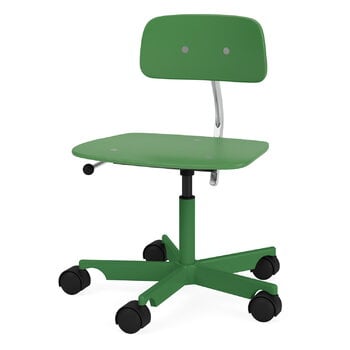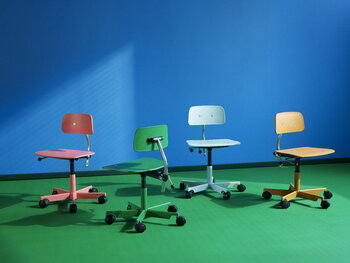Montana Furniture’s Kevi Kids 2533J chair roots back to 1958, when Danish architect Jørgen Rasmussen designed the Kevi swivel chair with wheels. Decades after the release of the original Kevi, the popular chair was redesigned into a stackable, four-legged model and a miniature version, designed for children aged 3–12.
Due to its simplistic design, sleek steel frame and smooth wooden surface, the structure of the chair is both sturdy and light. The comfortable seat gives the perfect support for studying, homework, and creative crafts and adds a delightful pop of color to the kids’ room. The Kevi 2533J chair is available in several classic as well as deliciously dreamy colours.








